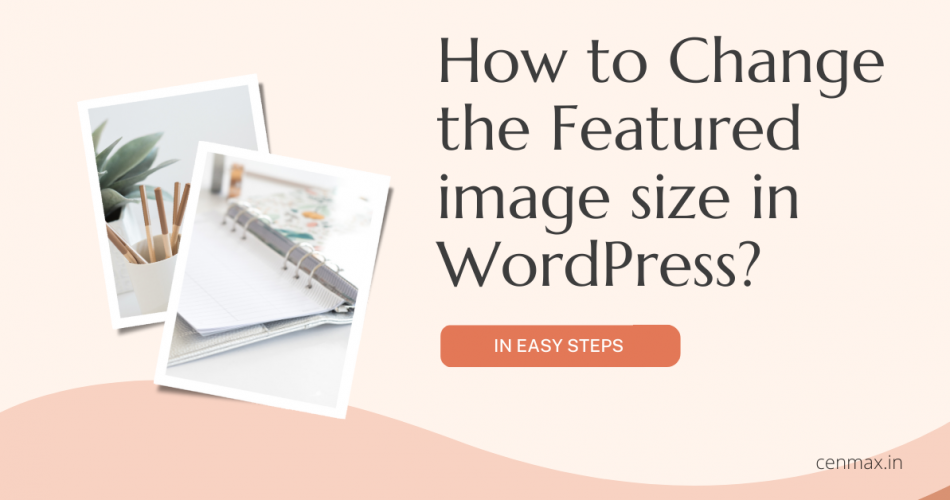An image featured in a blog post can be among the most significant photos you can include in the blog post. What makes featured images so crucial is the way it is utilized in WordPress.
The image featured along with the post’s title appears as the primary thing viewers see when they come to stumble upon the links of your website via social media. This means that the main image will determine whether or not they click on your page on social media.
They can also play an additional purpose based on the theme you’ve installed on your site. So the images are displayed in every place on your site; still, it depends upon your theme.
Suppose that you’ve got a sidebar on your site that displays your top five most popular articles. In addition, you can show the titles of your posts and pictures featured in the sidebar.
This could make the site more appealing to the eye and boost the click-through rates for these articles.
Specific themes will also display featured images inside the post, usually right below the post’s title. The featured image variant shown here is usually the largest dimension of all.
What are the different featured image sizes in WordPress?
If your media library is updated with images, WordPress automatically generates thumbnails for it. At the moment, WordPress generates images in four sizes as default.
These sizes that are properly named can be described as:
- Thumbnail size: 150 x150 pixels
- Medium size: Maximum 300 x 300 pixels
- Large size: Maximum 1024 x 1024 pixels
- Full size: The original size of the image
Two other variations of 1536px and 2048px widths are available in the version 5.3. These aren’t accessible via your WordPress administrator dashboard as of default.
What is an ideal size of the featured image?
In, starting, many people do confuse about the WordPress image, but an ideal one should be in 1200 x 628 pixels. These dimensions work well across WordPress themes and page layouts and look good when shared on social media feeds.
Some themes may specify an exact size for featured images. For instance, the WordPress Twenty Twenty-One theme creates 1568px wide and is displayed on the right side of the post’s title.
WordPress generates all the variants of any image is uploaded to the site.
Based on the theme you’re with, some of the generated images may be too large. For instance, some of our images were displayed at 1250 pixels.
A larger image is an increased file size which is a waste of resources for you and your viewers. For example, there’s no reason to produce featured images that measure 1568 pixels wide if you show them with a maximum width of 1250px.
If you use a high-resolution image on the post, it might slow down your website as a lot of data from your web hosting account needs to reach your reader. So it is always suggested to use the image compressor plugin for the larger images to automatically optimize the image and load it faster.
The size of the featured image you choose to change will reduce storage space and result in pages loading quicker for your customers. A win-win situation!
How to Change the Featured Image Size in WordPress

WordPress thumbnails and featured photos are both an initial size of 150 pixels by 150 pixels.
This size is perfect for specific users; however, like other resolutions for images, no other such type of size is suitable for all designs.
It is possible to alter the size of the thumbnail by going into the settings and then > Media> you will get Sizes of images and thumbnail and then you can alter the height and width of your thumbnail.
There are many plugins in WordPress that would do the job without the need to manually alter the featured images’ settings.
Conclusion
Now, you must have figured out, how to change the featured image size in WordPress without installing any plugin.
And, we have also seen, some of the critical aspects of featured images in WordPress. I hope this has helped you understand the importance of featured images and how to change the size of featured images in WordPress.
Another thing I’d like to add is that you shouldn’t use random numbers for the size of images. Instead, use the most popular sizes that images can be displayed on your site and then alter the settings to match.
People Also Read:

